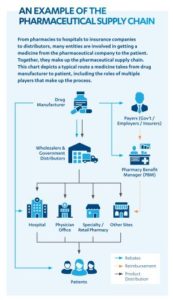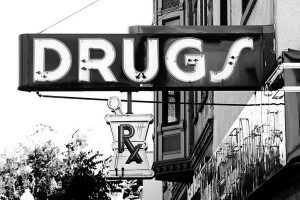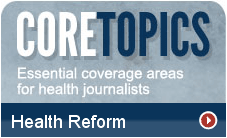Tag
rebates
-
In 2020, rebates from pharmaceutical companies deserve more scrutiny
One of the big health care stories of the past few years has been how much money pharmaceutical manufacturers spend…

-
Series on pharmacy benefit managers makes complicated topic easier to understand
One of the most complicated topics to cover in health care today is the role of pharmacy benefit managers (PBMs).…

-
CMS initiatives may be good news for some beneficiaries
This post was co-written by Joseph Burns (@jburns18), a Massachusetts-based independent journalist and AHCJ’s topic leader on health insurance. He welcomes…

-
ACA rules force health insurers to increase spending on care delivery
A new report on how health insurers are complying with the medical loss ratio rules shows insurers spent more on…

-
Drug pricing, rebates to shift with Health Policy
Drug rebates aren’t the headline grabbing element of Health Policy; for some of us they are probably in the eye-glazing…





